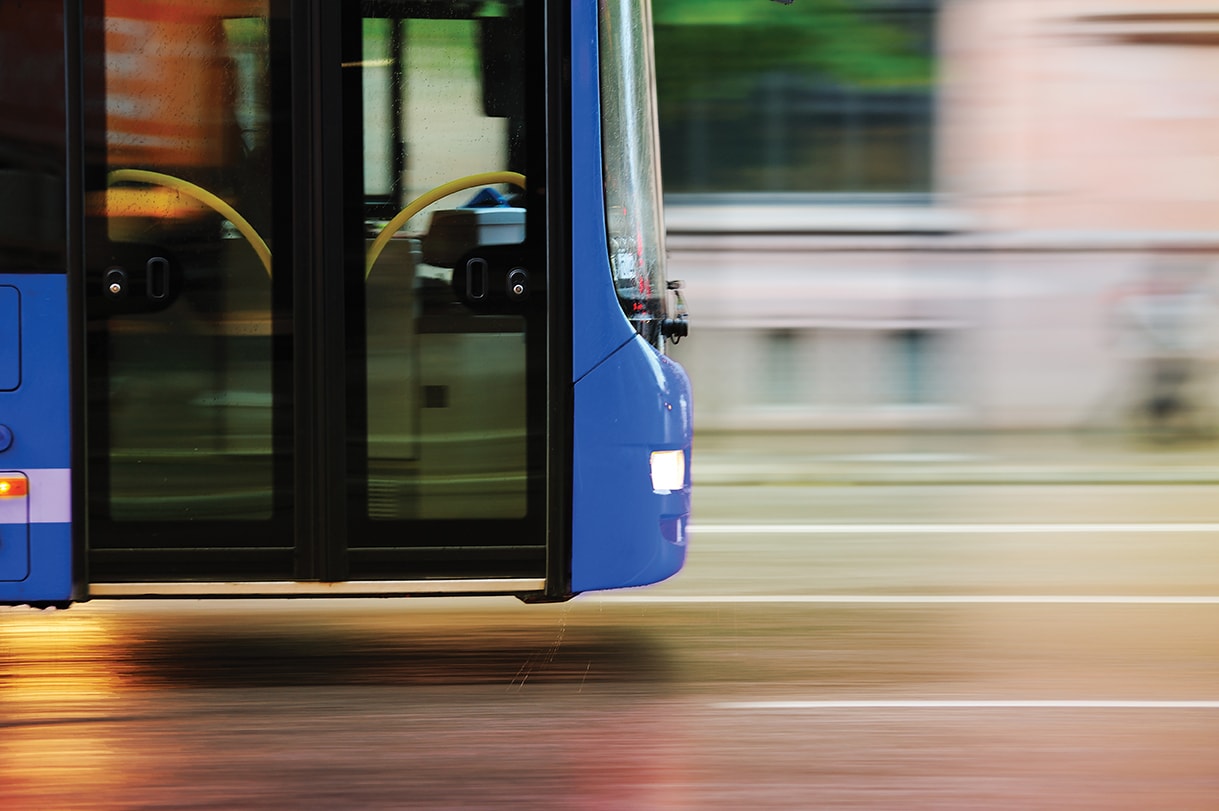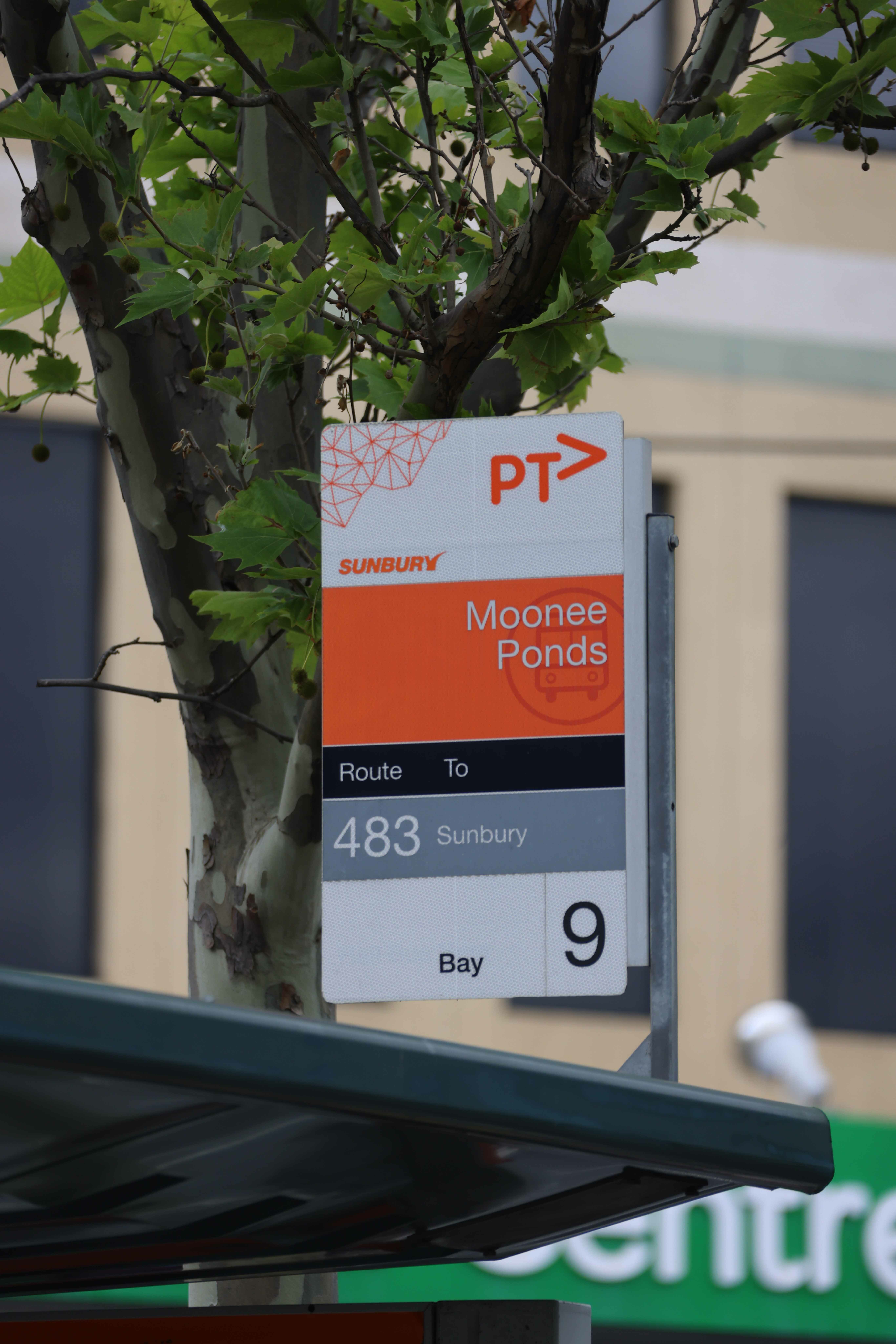Advice on autonomous and zero emissions vehicles

Helping to pave the way for new vehicle technology in Victoria
This report outlines our advice to the Victorian Government on what infrastructure is required for highly automated and zero emissions vehicles.
It looks in depth at what new vehicle technology might mean for Victoria’s economy, community and the environment. It examines:
- potential future scenarios for automated and zero emissions vehicles in Victoria
- the challenges and uncertainties that this technology might bring to Victoria
- common myths about this technology
- how to maximise projected benefits of this technology
- how to minimise risk as this technology rolls out across the state.
In developing our advice, we consulted broadly with stakeholders and built a strong body of evidence based on comprehensive modelling, analysis and global experience.
Key findings
Victoria could see significant benefits if automated and zero emissions vehicles are introduced efficiently.
Potential benefits include:
- up to 91% of congestion reduced
- 25% of greenhouse gas emissions reduced
- $14.9 billion increase in Gross State Product in 2046
- up to 94% of road accidents reduced
- up to 50% reduced car operating costs
- up to $735 million worth of health benefits.
The Victorian Government and private sector need to invest in key infrastructure to achieve these benefits. This includes:
- up to $1.7 billion to upgrade mobile networks
- about $250 million for improved line markings on roads
- at least $2.2 billion for energy network upgrades.
Recommendations
- Update Victoria’s roads. Update road maintenance and monitoring to take into account the needs of automated vehicles. This includes changes to lines and signs, roadworks and road maintenance throughout Victoria, and provision of reliable and timely data to connected and automated vehicles.
- Rethink road space. Incorporate automated and zero emissions vehicles into a transparent road space allocation framework in Victoria, building on existing transport system and place-based planning principles.
- Future-proof projects. Develop specific guidance for business cases for transport projects to account for the risks, opportunities and uncertainties posed by automated and zero emissions vehicles.
- Plan for transport. Develop a transport plan that includes potential impacts of automated and zero emissions vehicles, to enable priority transport investments and reforms to be identified and to support the development of business cases that address transport needs.
- Manage before you build. Ensure Victoria’s transport planning considers how non-infrastructure solutions, including transport network pricing, can provide a policy response to address the potential impacts of automated and zero emissions vehicles.
- Integrate new transport options. Incorporate new services like on-demand and mobility as a service into the public transport mix, in preparation for automated vehicles.
- Boost informaiton and communication technology infrastructure. Promote investment in ICT infrastructure where there is a safety and/or optimisation need for automated vehicles that the market is unable to meet.
- Share more data. Expand the availability of open, real-time information on government-owned transport system data and establish principles for data sharing between government and commercial transport service providers.
- Integrate transport management. Develop integrated transport management to enable better real-time coordination of the system across all transport modes, including network management of connected automated vehicles.
- Transition to zero emissions. Establish a supportive environment for the Victorian fleet to transition to zero emissions technologies.
- Plan for energy changes. Enable the energy sector to respond to the emergence of zero emissions vehicles.
- Encourage demand management. Allow for incentives or other mechanisms to shift energy demand from peak periods.
- Rethink planning values. Re-examine planning values, assumptions and opportunities related to where people may want to live and work in a future with automated vehicles, and how the government should constrain or support these preferences.
- Create planning flexibility. Create flexibility for property owners and local authorities to adapt to future changes due to automated and zero emissions vehicles.
- Prepare for new waste. Implement changes to the Statewide waste and resource recovery infrastructure plan and Recycling industry strategic plan to incorporate impacts of automated and zero emissions vehicles.
- Keep track of trends. Initiate monitoring and annual reporting of automated and zero emissions vehicle developments, benefits and risks, focusing on uptake, performance, safety, vehicle connectivity, road wear, road structures and public transport usage changes.
- Lead and collaborate. Continue to participate in the development of national and international principles, standards and regulations for automated vehicles.
Supporting documents
Future scenarios - Advice on automated and zero emissions vehicles infrastructure
Technical document
DOCX 137KB
Download
ICT infrastructure advice for automated and zero emission vehicles
Technical document
PDF 8MB
Download

Transport modelling - Automated and zero emissions vehicles infrastructure advice
Technical document
PDF 19MB
Download



